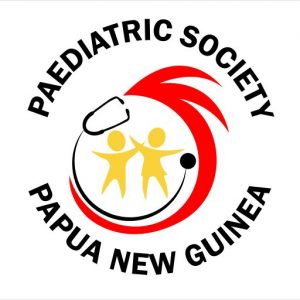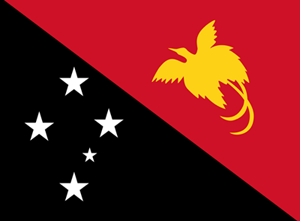March
BRONCHIOLITIS
Viral bronchiolitis in children
Meissner HC. New England Journal of Medicine 2016; 374:62-72
Risk factors for respiratory syncytial virus associated with acute lower respiratory infection in children under five years: systematic review and meta-analysis
Shi T, et al. Journal of Global Health 2015; 5: 020416
- What viruses are known to cause bronchiolitis?
- What are the risk factors for severe RSV bronchiolitis?
- What is the pathogenesis of RSV in the lungs and why does it get worse over the first 2-3 days?
- Why is hospitalisation for bronchiolitis most common between 30 and 90 days of age?
- After one episode of RSV bronchiolitis can a child get it again?
What treatments are recommended in the management of bronchiolitis?
May
ENVIRONMENTAL ENTEROPATHY
Environmental enteropathy: critical implications of a poorly understood condition
Korpe PS. Trends in Molecular Medicine 2012:18:328336
New insights into environmental enteric dysfunction
Trehan I. Archives Dis Childhood 2016; 0: 1-4 doi:10.1136/archdischild-2015-309534
Child undernutrition, tropical enteropathy, toilets and handwashing
Humphrey J. Lancet 2009;374:1032-1035
- What is environmental enteropathy?
- How does it present clinically? What is the earliest age that children show signs of environmental enteropathy? Can a child have environmental enteropathy without diarrhoea?
- What are the likely causes of environmental enteropathy?
- What is the pathological appearance in the small intestine of children with environmental enteropathy?
- How are the functions of the small intestine affected by environmental enteropathy? How does this cause disease?
- What is bacterial translocation and how does this occur? What is LPS?
- What is the lactose: mannitol ratio, and why does this increase in environmental enteropathy?
- How does environmental enteropathy affect vaccine efficacy?
- What are the best ways to treat and prevent environmental enteropathy?
September
CONGENITAL INFECTIONS
TORCH Infections
Neu N, et al. Clinics in Perinatology 2015; 42: 77-43
- What are the “expanded” TORCH infections?
- What are the forms of the toxoplasmosis parasite, and what tissues do the tachyzoite invade and form cysts?
- What are the typical clinical manifestations of congenital toxoplasmosis?
- Can infection with toxoplasmosis progress after birth?
- What is the treatment for toxoplasmosis, for mother and infant?
- Describe the clinical features of congenital syphilis
- What does the VDRL and RPR tests detect, and explain why they are non-specific. What are more specific tests? What is the prozone effect?
- When are the two highest risk periods for a foetus developing congenital rubella syndrome (CRS)?
- What cardiac lesions are seen with CRS? What other TORCH infections can lead to cardiac lesions?
- Which TORCH infections are associated with hearing loss?
- For how long is an infant with CRS considered contagious?
- What diagnostic tests can confirm CRS?
- What are the clinical features of foetal parvovirus B19 infection? Why is anaemia so common in parvovirus infections?
- What factors increase the risk of perinatal HIV transmission?
- At what age should HIV-exposed infants be tested with an HIV nucleic acid test (e.g. DNA PCR) to be reliably negative?
- What stage in pregnancy does most Hepatitis B transmission occur?
- What proportion of infants infected with Hepatitis B perinatally develop chronic hepatitis B?
- What is the ideal preventative treatment for newborn known to be Hepatitis B exposed?
The “Silent” Global Burden of Congenital CMV
Manicklal S, et al. Clinical Microbiology Reviews 2013; 26: 86-100
- It used to be thought that only mothers with primary CMV are at risk of having a newborn with congenital CMV. Is this true? And what implications does this have for countries like PNG?
- What clinical features would make you suspect maternal primary CMV infection (primary infection in a pregnant woman)?
- What is the commonest complication of congenital CMV? What are the other clinical features?
- What are the risk factors for CMV transmission in pregnancy?
- What is the treatment for symptomatic CMV infection in the newborn? What are the benefits and what are the side-effects of this treatment?
Zika virus – a review for clinicians Mo Y, et al. British Medical Bulletin, 2016; June: 1-12
- When was Zika virus first discovered?
- What are the vectors for Zika and what other viruses share these vectors?
- What countries in Oceania are known to have Zika virus?
- What are the known modes of transmission of Zika virus?
- What are the clinical features of Zika virus infection, and how do these clinical features differ from those caused by other viruses carried by the same vectors?
- Besides microcephaly identified in Brazil, what are the other neurological manifestations of Zika virus infection
- What are the diagnostic tests for Zika virus and what are the problems with these tests?

